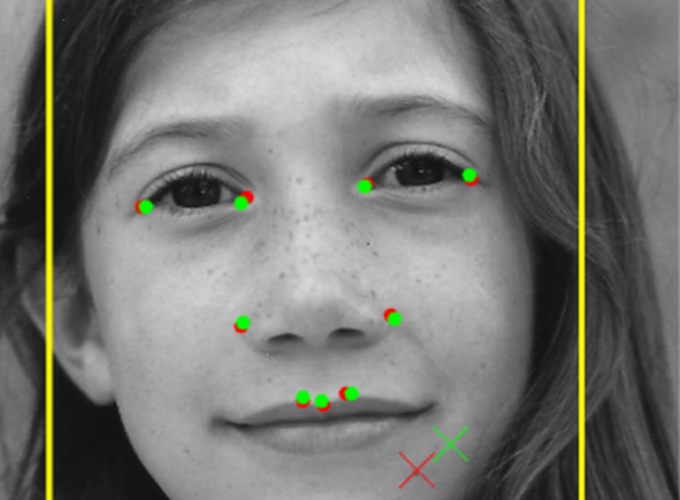Recognition of Children on Age-Different Images: Facial Morphology and Age-Stable Features
 Recognition of children on age-different images: Facial morphology and age-stable features
Recognition of children on age-different images: Facial morphology and age-stable features
Recognition of Children on Age-Different Images: Facial Morphology and Age-Stable Features
Abstract
The situation of missing children is one of the most emotional social issues worldwide. The search for and identification of missing children is often hampered, among others, by the fact that the facial morphology of long-term missing children changes as they grow. Nowadays, the wide coverage by surveillance systems potentially provides image material for comparisons with images of missing children that may facilitate identification. The aim of study was to identify whether facial features are stable in time and can be utilized for facial recognition by comparing facial images of children at different ages as well as to test the possible use of moles in recognition. The study was divided into two phases (1) morphological classification of facial features using an Anthropological Atlas; (2) algorithm developed in MATLAB® R2014b for assessing the use of moles as age-stable features. The assessment of facial features by Anthropological Atlases showed high mismatch percentages among observers. On average, the mismatch percentages were lower for features describing shape than for those describing size. The nose tip cleft and the chin dimple showed the best agreement between observers regarding both categorization and stability over time. Using the position of moles as a reference point for recognition of the same person on age-different images seems to be a useful method in terms of bjectivity and it can be concluded that moles represent age-stable facial features that may be considered for reliminary recognition.